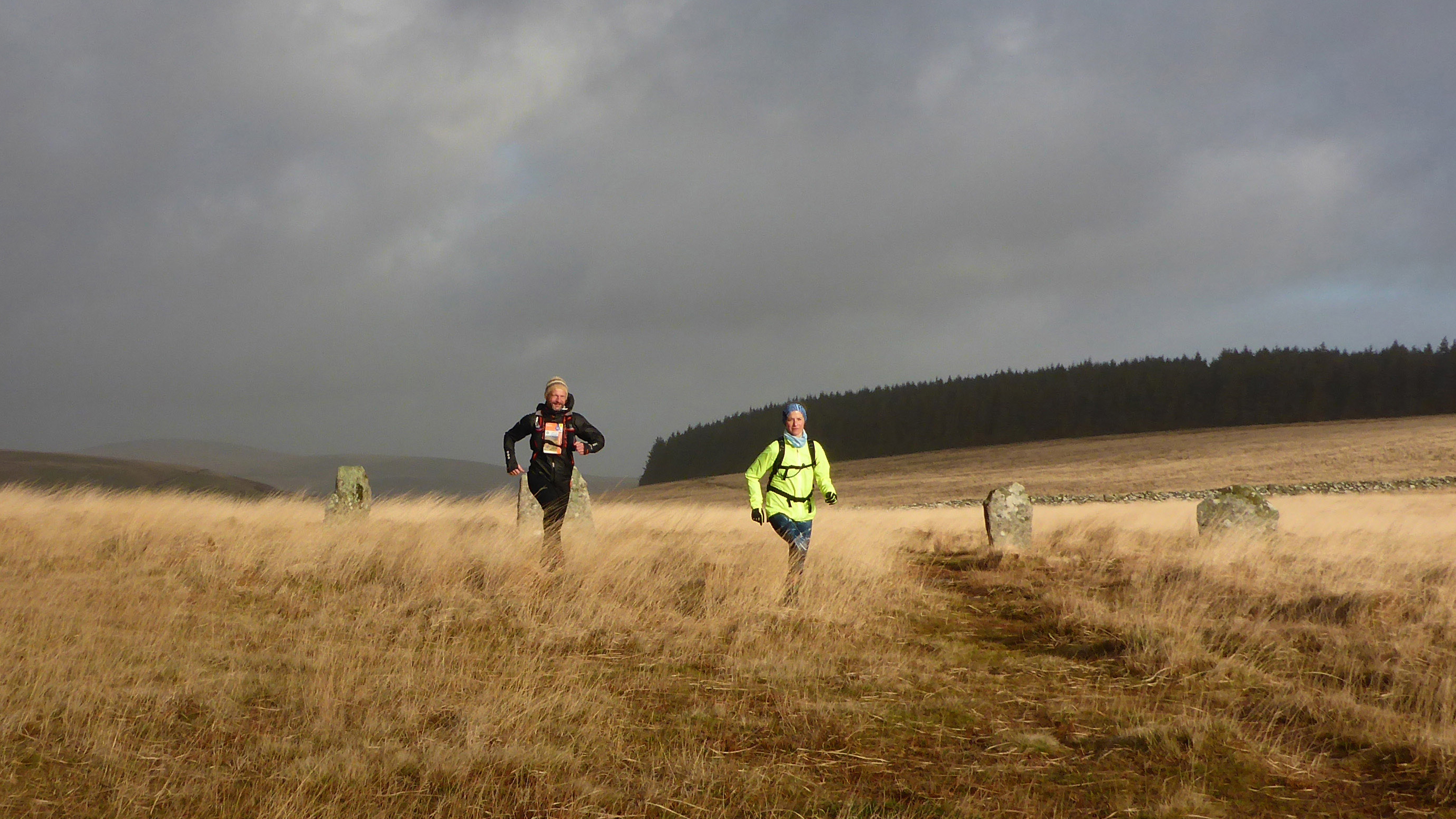
On the shortest day of the year, while most sensible people were safely inside in the warmth, wrapping presents, sipping drinks and preparing Christmas feasts, I was trying to run right across Dartmoor, in the hours of daylight, with two friends.
The concept of the challenge was as simple as its execution was tough: we had to traverse the moor, north to south, between sunrise and sunset, during the Winter Solstice. It was a race against time and the turning of the Earth. The three of us versus the night.
Why would you do that, you might ask, and it’s a good question. On many levels, it was a stupid idea. Dartmoor’s terrain is brutally unforgiving, even at the best of times, and the middle of winter is a long way from then. We got cold, we got wet, and we ended up thoroughly exhausted, and there wasn’t even a medal at the end of it all, let alone a T-shirt.
However, we also laughed a lot, achieved something (of sorts), and made some memories that will stay with us, I think, forever. And it was completely free – in fact, it probably saved me money because it kept me out of the pub.
But the main reason we did it was because this was a challenge we’d dreamt up several months earlier, got excited about and began training for. So, while other people had been struggling to stay motivated as the year waned and festivities beckoned, I knew I had to keep running, otherwise, I was going to get left behind by my co-adventures – or, worse still, I’d be holding them back, threatening the whole mission.
And there’s a lesson here that I think is worth replicating in the New Year: if you’re looking to get in shape and stay fit, exercise your brain and set yourself some creative challenges that will keep you enthused about getting outdoors and being active.
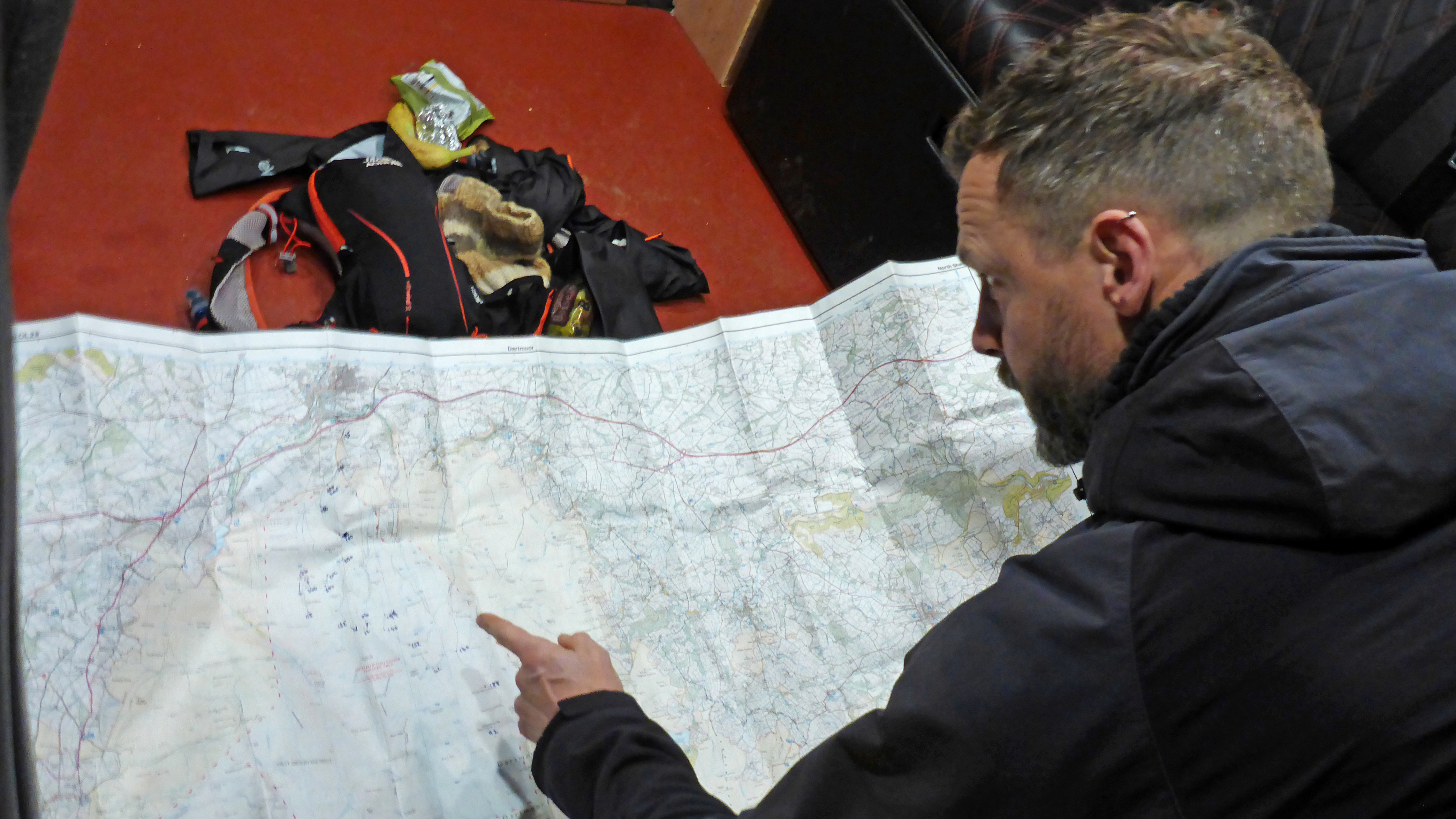
Staying focused
It’s easy to run out of puff and give up on your New Year’s fitness resolutions after the good intentions-infused adrenaline rush of the first few days and weeks starts to wear off. The quick weightloss wins slow down once you’ve burned off those mince pies, and your new fitness regime can start to feel grueling and repetitive, especially during January and February, with seemingly endless dark mornings, grey skies and frequent bouts of rain.
Entering organised events is a great way to keep your motivation and training up during this tricky time, but we’re all feeling the financial squeeze at the moment too, and there are only so many races you can realistically pay to do. But if having a challenge looming on your calendar helps you keep focused on your broader fitness goals, why not simply make up some epic adventures of your own? You might not get any bling at the end of it, but planning and doing a DIY outdoor mission can be great fun, especially if you get a few likeminded friends involved.
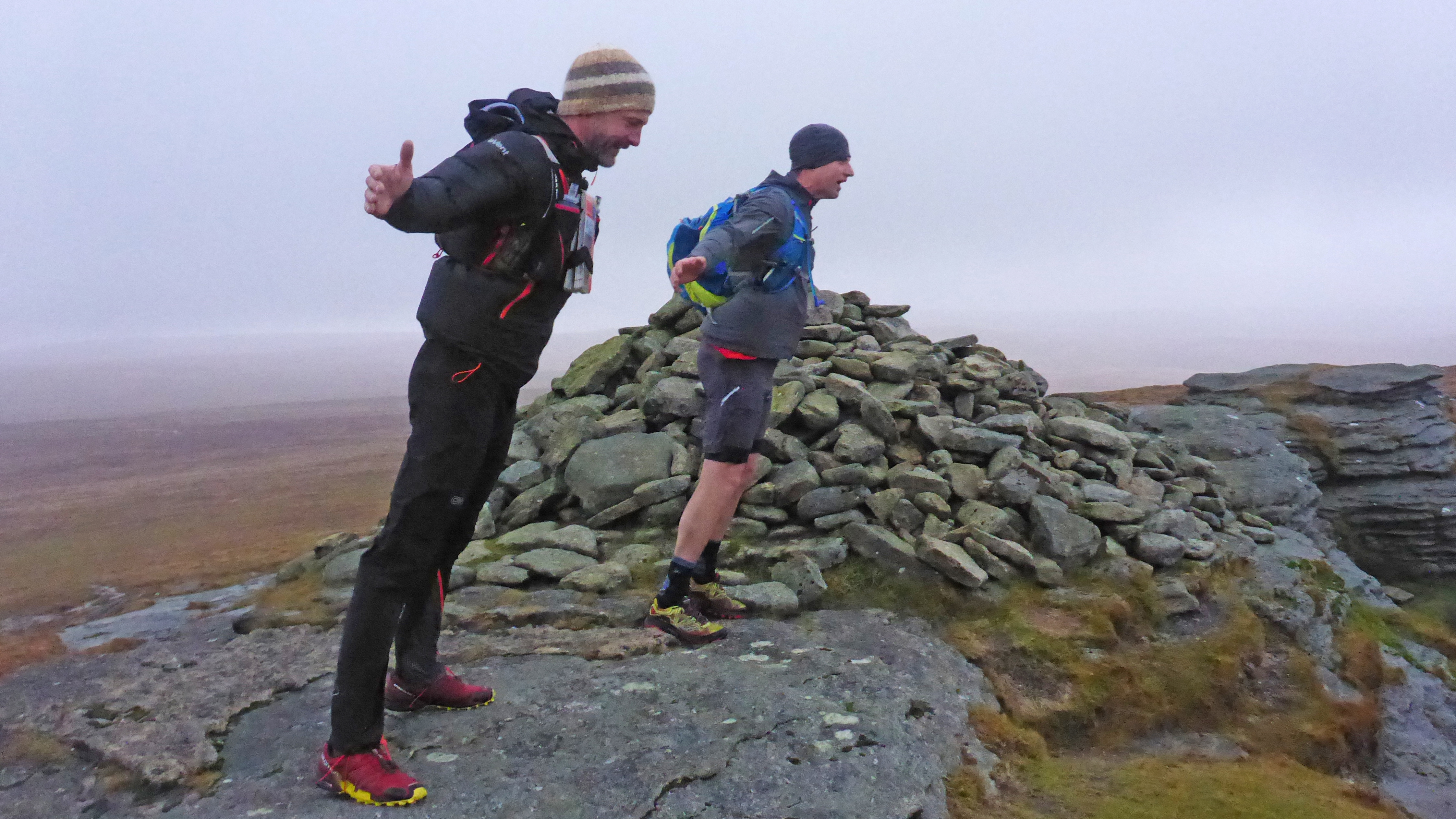
Doing the Darkmoor challenge
Our self-set mission was conceived, of course, in the comfort of a pub, far from the moor and a long time before the solstice. Our team of three – two unwise men (myself and Rich) and one unwise woman (Mel) – would attempt to cross Dartmoor in the hours of natural light, just four days before Christmas.
We would start at the gateway town of Okehampton in the north and aim for Ivybridge on the southern edge of Dartmoor. Between those two points sprawls many miles of relentlessly rugged moorland, where footpaths that look clear on the map are often more rumour than reality on the ground. We figured it would be a 55km run if we managed to avoid getting lost. And that was a big if.

Dartmoor is extremely exposed, and conditions can turn nasty in a heartbeat – you need to be ready for anything. It wasn’t simply a case of staying warm while running, we needed to make sure we had enough gear between us to deal with any emergency that might arise.
But we were well prepared, with hydration packs and backpacks loaded with supplies and emergency gear, including lightweight waterproof jackets, small fleeces and base layers. We each carried a good head torch, but we hoped to avoid having to use them.
It’s tricky to predict what you’re going to need during a Dartmoor escapade in terms of footwear (the terrain can be horrendously boggy, and you can get extremely cold if you end up with wet feet all day), but I opted for tried-and-tested trail-running shoes with good grip and decent drainage, over any sort of waterproof footwear.

Off and running
Our starting gun was the rising sun, which reluctantly arrived around 08:10 that morning, at which point we simultaneously beeped our running watches and set off into the first blush of the weak dawn.
Just to make things interesting, we opted to begin by ascending the twin tors that are the Southwest’s highest points: Yes Tor (619 metres) and High Willhays (621 metres). As we climbed, we soon warmed up, and before long, I had dispensed with my hat and running gloves. I started questioning my decision to bring so much gear but soon had reason to be grateful for it again when 50mph gusts of wind began galloping across the moor.
As we ran, numerous prehistoric stone circles punctuated the evocatively barren environment. Aside from paths, these Neolithic remains were the only evidence of people we encountered until Postbridge. Here, after crossing the village’s famous 13th-century clapper bridge, we passed a couple of dog walkers, the first of a handful of human encounters we experienced all day. It felt like we had the whole moor to ourselves on this wild winter solstice.

Just beyond Bellever Tor, we made a navigational error that cost us dearly, but still reached the halfway point (where we’d left a car, complete with thermos flasks full of hot soup and loads of sandwiches), with enough time – we thought – to complete the mission. There were about three-and-a-half hours of light left in the day, and the second stage looked easier than the first.
But maps can be misleading… We were lower down, and the waterways were swollen and raging. The path led us across the West Dart River twice. Stepping stones are indicated on the map, but mid-winter levels made a mockery of this, and the stones were submerged beneath 50cm of fast-moving water. Gingerly we crossed, as the torrent tried to topple us.
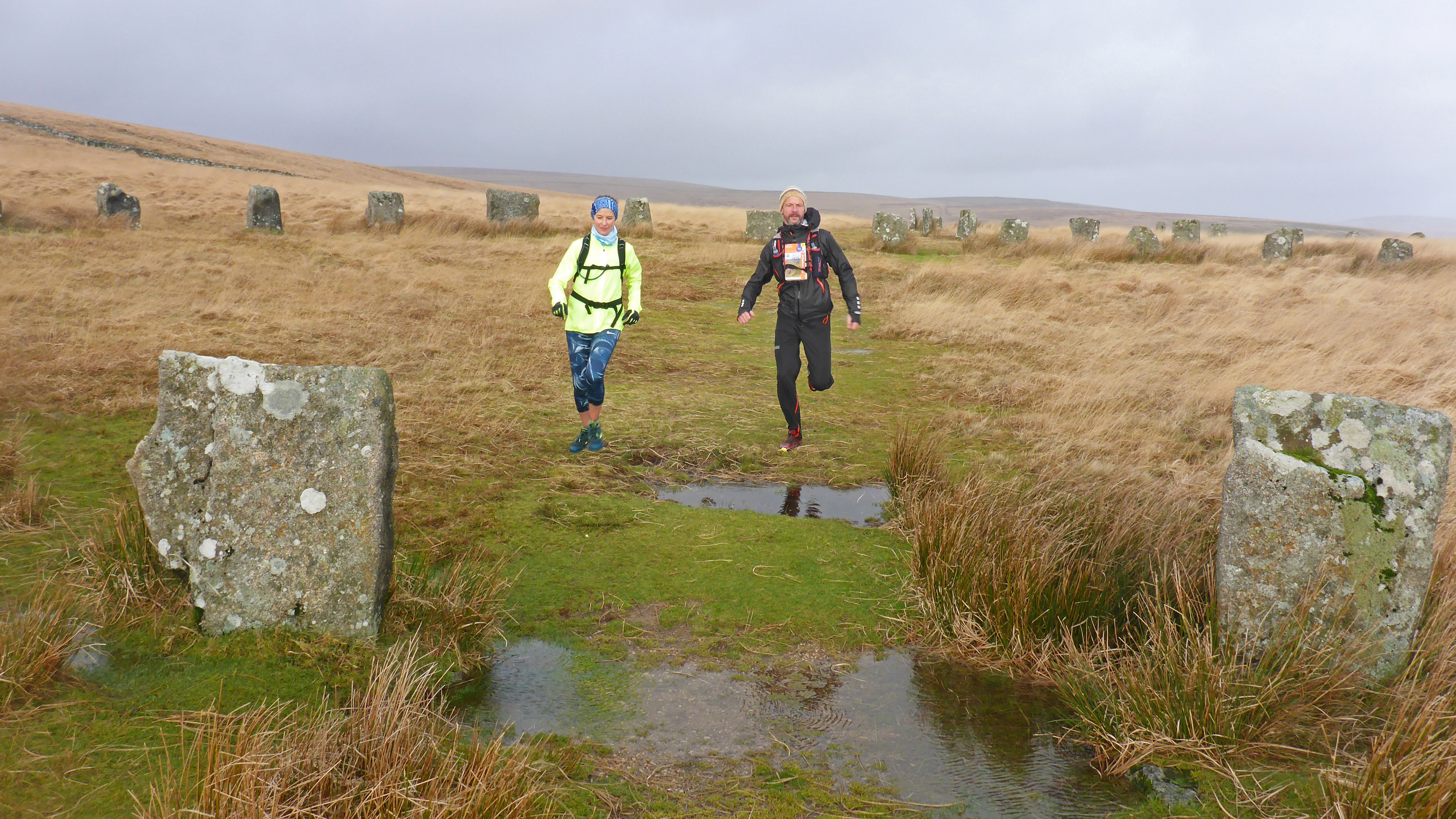
And then it got really interesting. The track became ever fainter, and we were constantly knee-deep in either clinging quagmire or unforgiving foliage. It took over two hours to cover less than 10km. At times the trail was utterly invisible, and we navigated by compass bearings and line-of-sight between boulders, headless crosses, mysterious posts and other vague landmarks.
Even the Abbot’s Way, when we met it, provided little relief. The path remained uncertain, and the light, along with our hopes of reaching Ivybridge before nightfall, started dying. Dusk was right on our heels, but fortunately, we hit the well-defined Two Moors Way just as the last real light faded on Huntingdon Warren. Reluctantly we donned head torches and ran the remaining 15km as fast as our weary legs allowed.
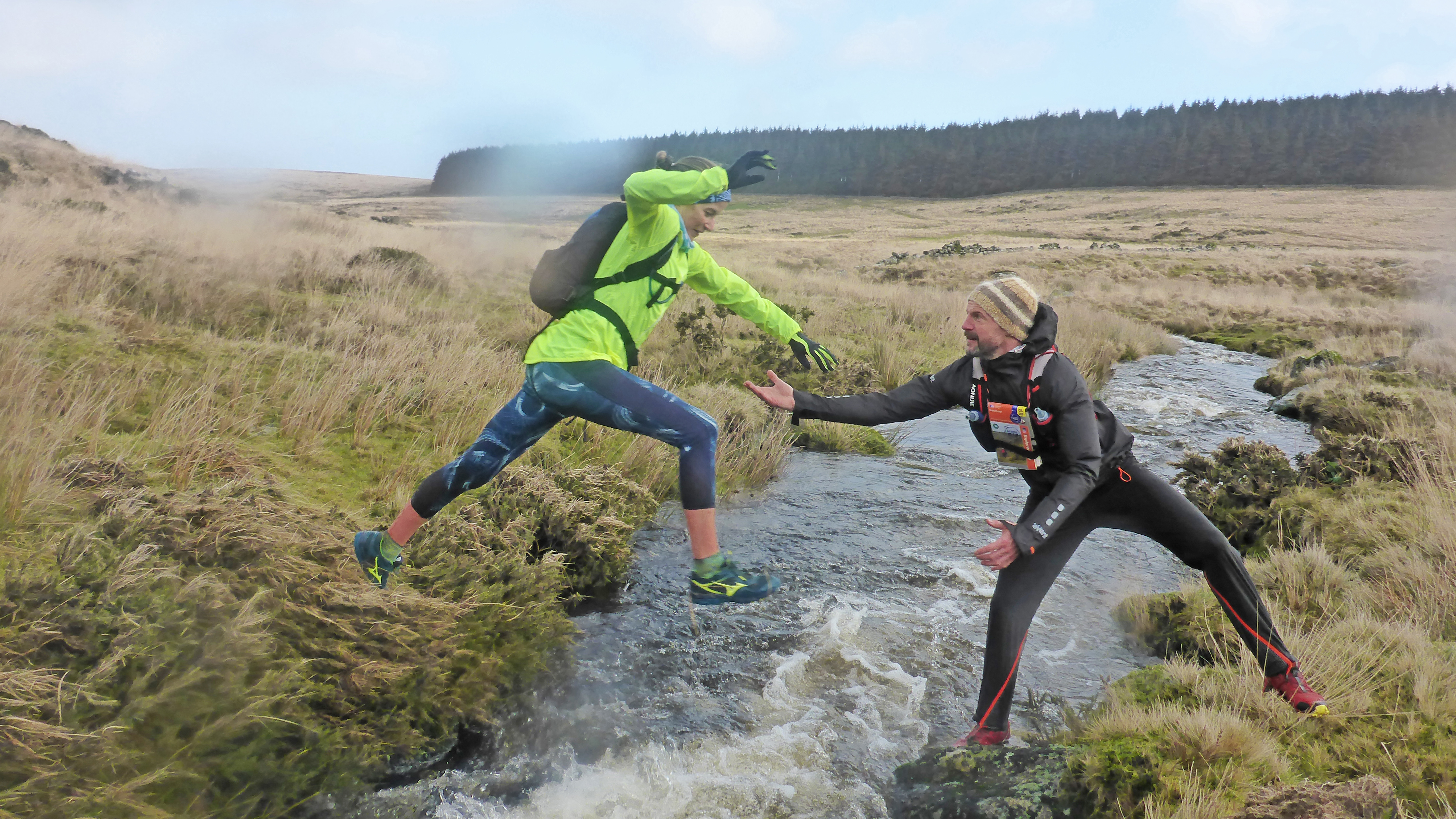
Coming back for moor
Tracing the route of the old Redlake Railway line, the path was good, and just as my watch registered 60km, we ran into the outskirts of Ivybridge, where the van we’d left behind that morning was parked, along with celebratory beer and bubbles.
A low glow stained the sky pink in the far west, where the very last remains of the day were augmented by lights from Plymouth’s pubs. But in all honesty, the darkness had definitely defeated us, leaving a slight taste of disappointment in our mouths.
We quickly washed that away with some Dark Place Brewery's Bleak Winter porter, though, and swore we’d be back for a rematch in a year’s time. Because that’s the beauty of a DIY challenge – you can do it as many times as you like without spending a penny.
And there are myriad other outdoor adventures out there to be scoped out and explored. Get together with some mates and let your imagination go wild – it’s definitely the cheapest and most enjoyable way to keep your fitness aspirations on track.







